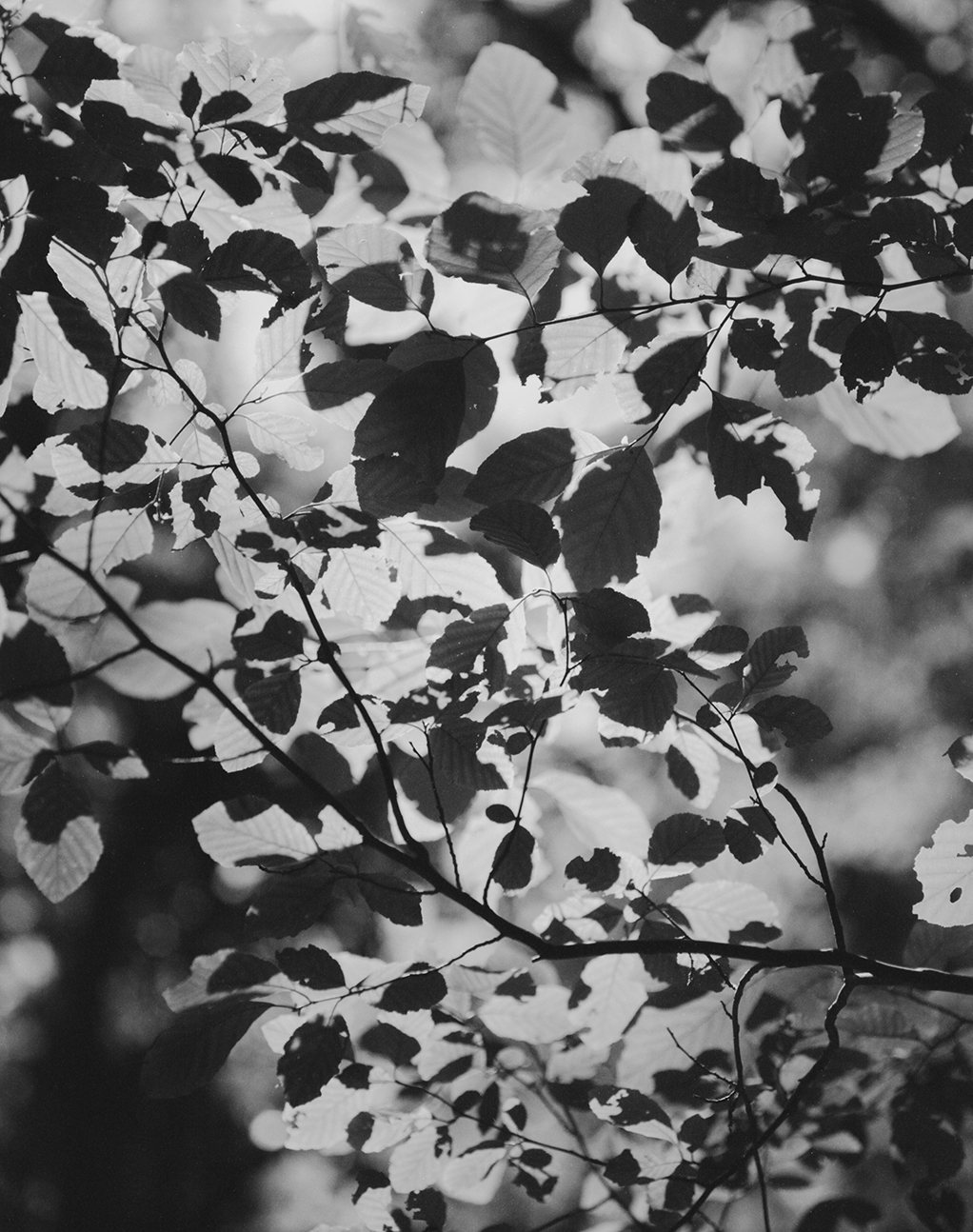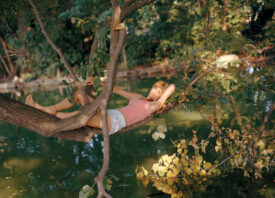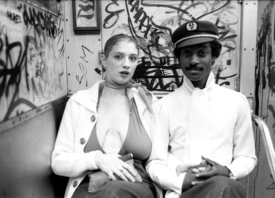Search this site
Memories of Beauty, Stillness, and Black History in Central Park


As a child, Donavon Smallwood played catch in Central Park after school let out for the summer. In winter, he and his friends went to the ice skating rink. The park was his backyard and his playground. For twenty years, he has remained within walking distance. At the height of the pandemic, in the spring and summer of 2020, he made his way through the park often, photographing people who inspired him.
During this time, he returned time and again to younger Black people enjoying a moment of serenity and refuge from the hustle and bustle of New York life. Some were people he encountered by chance in the park, while others he connected with via social media. “Our meetings were pretty brief,” he says now. “We talked about our interests and things going on at the moment and in the day. We talked about nothing exceptionally impactful–but the moments themselves were.” The meetings lasted only five to ten minutes. At night, he’d take his time developing the film at home.
The artist also found himself returning to the history of the park, a place that helped shape him and generations of New Yorkers before him. Beginning nearly two hundred years ago, the land running from West 82nd to West 89th Street, now part of Central Park, represented Seneca Village–and a flourishing community of Black property owners. Two-thirds of the village’s population identified as African American, and many moved there to escape the racist violence experienced in other parts of the city.
Over three decades, Seneca Village became home to an estimated 200 to 300 people. Among those who owned property in the village were Albro and Mary Joseph Lyons–the legendary activists who also ran a stop on the Underground Railroad. The village was destroyed in the 1850s to make way for Central Park, and the residents were forcibly removed. Smallwood learned about that history in 2020, as he was creating what would later become Langour, his exquisite book about the landscape and the people who’ve made it their home-away-from-home.
The word “langour” draws to mind memories of hot summer days, pleasant and sleepy, but in past centuries, the word “languorous” was also associated with sadness and mournfulness. Both are fitting. In 2011, archeologists unearthed objects left behind after Seneca Village was destroyed, including the foundation of the house that belonged to Charlotte and William Godfrey Wilson, the dishes they used at the family table, and other personal effects. It’s worth noting here that, before becoming a photographer, Smallwood initially planned to become an archeologist.
Throughout Langour, you won’t spot many telltale signs anchoring us to the 21st century. There are just a few here and there, but in many ways, the book seems to exist outside of time. Smallwood’s childhood memories mingle with his adult experiences; though no longer living, the individuals and families who lived here in the mid-19th century feel somehow present.
The artist is unable to separate a single most cherished moment from his many walks through Central Park; over time, they’ve all started to overlap and blur together. “Probably, what I remember most is just being able to sit, listening to birds overhead and watching ducks and geese feed as I sat for long stretches of time,” he tells me. Sometimes, the park was so quiet and peaceful he’d nod off to sleep, if only for a while.
Languor is available through Trespasser Books as an edition of 1500. Get yours here.








All images © Donavon Smallwood



